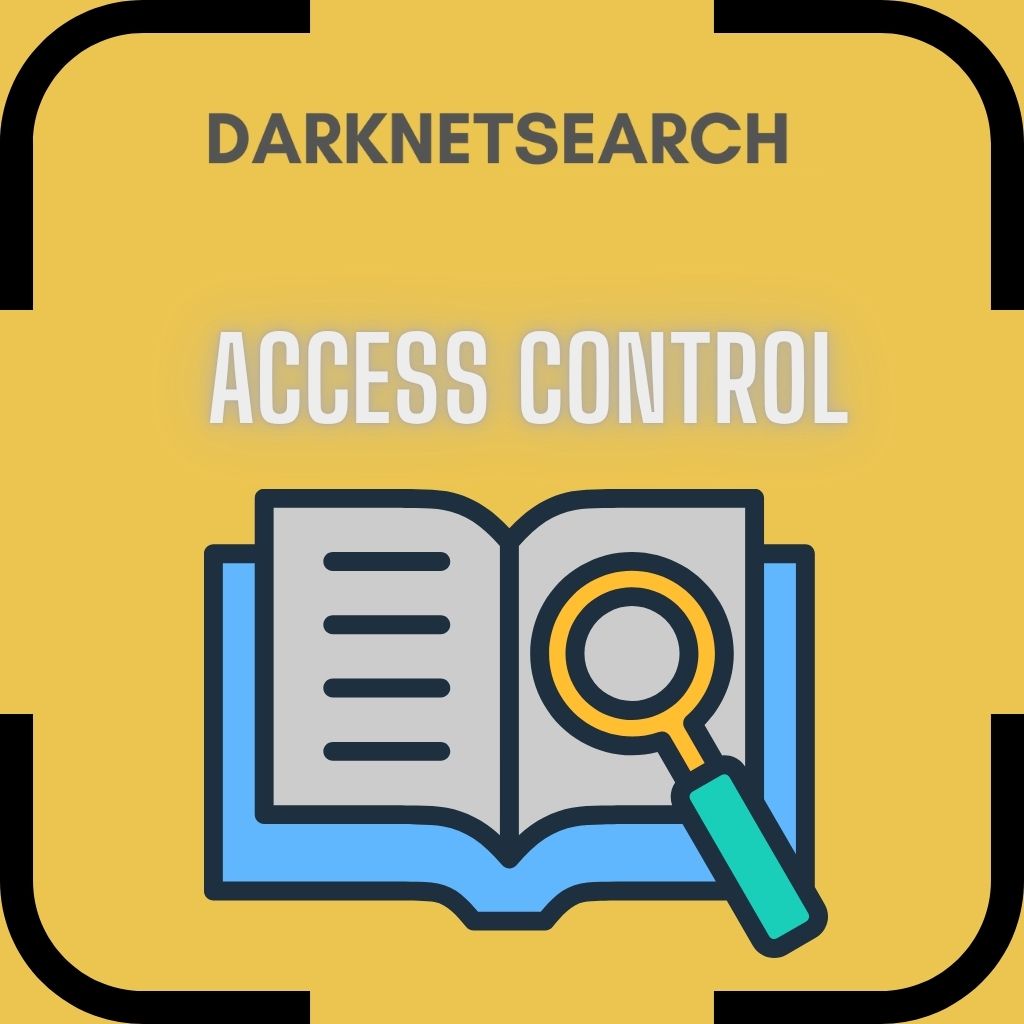Access Control

➤Summary
What is Access Control?
Access control is one of the most crucial pillars of modern cybersecurity. It refers to the selective restriction of access to data, systems, and resources, ensuring only authorized users can perform specific actions. Whether you’re securing an enterprise network or managing cloud-based infrastructure, access control is foundational to risk mitigation and regulatory compliance ✨.
In this comprehensive guide, we’ll explore what access control is, how it works, its various types, benefits, challenges, and best practices. If you’re serious about securing your digital environment, keep reading.
Understanding Access Control
Access control is a method of limiting access to data and systems based on pre-defined policies. At its core, it’s about determining who can access what, when, and how.
This involves:
- Identifying users
- Authenticating their identities
- Authorizing actions
- Logging and auditing access events
Access control is not just about login credentials; it’s about setting boundaries 🛡️.
Types of Access Control Systems
There are four primary models:
- Discretionary Access Control (DAC): The data owner decides who gets access.
- Mandatory Access Control (MAC): Access is governed by a central authority based on security levels.
- Role-Based Access Control (RBAC): Access is assigned based on user roles.
- Attribute-Based Access Control (ABAC): Policies evaluate user attributes, environment, and resource context.
Each model serves different organizational needs 📊.
Why Is Access Control Important?
Access control is key to:
- Protecting sensitive data (financial, healthcare, IP, etc.)
- Reducing insider threat risks
- Achieving compliance (GDPR, HIPAA, ISO 27001)
- Preventing privilege escalation attacks
- Enhancing operational efficiency
It forms the frontline of digital defense 🚀.
Common Access Control Mechanisms
Here are typical components:
- Authentication: Passwords, MFA, biometrics
- Authorization: Role assignments, access rights
- Audit Logs: Tracking access and usage
- Access Policies: Rules that determine access
- Access Gateways: Proxies, VPNs, and firewalls
These ensure dynamic and scalable enforcement of access.
Real-World Examples
- A hospital restricts medical records access to doctors based on their department.
- A company enables engineers to deploy code only after multi-factor authentication.
- An online banking app uses behavioral analytics to detect unauthorized login attempts 📈.
Challenges in Implementing Access Control
Despite its benefits, access control comes with challenges:
- Complex user environments
- Over-permissioning (too much access)
- Difficult policy management
- Shadow IT usage
- Integration with legacy systems
Solutions like DarknetSearch help detect anomalies that could indicate poor access control hygiene.
Checklist: Best Practices for Access Control
✅ Define clear access policies ✅ Enforce least privilege principle ✅ Use multi-factor authentication ✅ Audit user access regularly ✅ Deactivate dormant accounts ✅ Segment networks and isolate resources ✅ Use centralized identity providers
Adopting these best practices boosts your organization’s defense 🔒.
Access Control vs. Identity Management
A common question is: “What’s the difference between access control and identity management?”
- Identity management deals with creating, storing, and managing user identities.
- Access control governs what actions those identities can perform.
They work hand in hand for complete security.
The Future of Access Control
As cyber threats evolve, so does access control:
- Zero Trust Architecture is gaining ground
- AI-driven behavior analysis helps detect anomalies
- Passwordless authentication is reducing friction
Companies are investing more in adaptive access control technologies ✨.
Practical Advice
Start small:
- Identify high-risk systems
- Enforce access restrictions there
- Scale your control policies based on business risk
Use tools like SIEMs, PAM solutions, and external monitoring platforms such as DarknetSearch.com to support your strategy.
Regulatory Relevance
Compliance frameworks now require strong access control. For example:
- HIPAA mandates controlling ePHI access
- PCI DSS requires role-based access to cardholder data
- GDPR insists on data minimization
Ignoring access control can cost millions in fines.
FAQ
What is access control in cybersecurity?
It’s the process of ensuring only authorized individuals can access specific digital resources.
What’s the difference between RBAC and ABAC?
RBAC is based on job roles; ABAC uses attributes like location, time, and device.
Is access control the same as a firewall?
No, firewalls control traffic between networks, while access control restricts user-level actions.
Can small businesses benefit from access control?
Absolutely. It protects their assets, reputation, and compliance standing 😉.
Conclusion: Mastering Access Control Is a Must 📆
Access control is not just an IT concern—it’s a business imperative. From securing critical infrastructure to ensuring regulatory compliance, implementing robust access control is key.
🔗 Discover much more in our complete guide
🚀 Request a demo NOW and secure your access strategy
Your data might already be exposed. Most companies find out too late. Let ’s change that. Trusted by 100+ security teams.
🚀Ask for a demo NOW →Q: What is dark web monitoring?
A: Dark web monitoring is the process of tracking your organization’s data on hidden networks to detect leaked or stolen information such as passwords, credentials, or sensitive files shared by cybercriminals.
Q: How does dark web monitoring work?
A: Dark web monitoring works by scanning hidden sites and forums in real time to detect mentions of your data, credentials, or company information before cybercriminals can exploit them.
Q: Why use dark web monitoring?
A: Because it alerts you early when your data appears on the dark web, helping prevent breaches, fraud, and reputational damage before they escalate.
Q: Who needs dark web monitoring services?
A: MSSP and any organization that handles sensitive data, valuable assets, or customer information from small businesses to large enterprises benefits from dark web monitoring.
Q: What does it mean if your information is on the dark web?
A: It means your personal or company data has been exposed or stolen and could be used for fraud, identity theft, or unauthorized access immediate action is needed to protect yourself.
